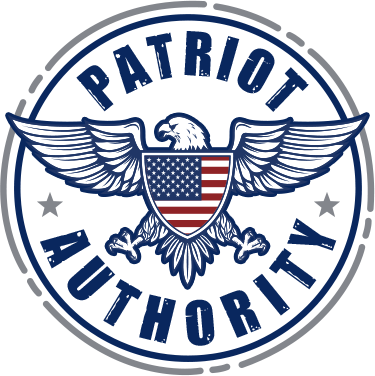A well-stocked first aid kit is an essential item for anyone concerned with disaster or survival preparedness. We take a look below at ten essentials every first aid kit should contain. You’ll want to keep everything in a water-proof box and store it cool, dark place.
#1 Antiseptic Wash
The ideal way to clean a fresh wound is with soap and water, but this isn’t practical in most austere condition scenarios. A good alternative is an antiseptic wash in a plastic bottle that, when squeezed comes out in a stream forceful enough to flush dirt particles out of a wound.
#2 Scissors
A good pair of scissors has many uses, from trimming gauze pads and cutting lengths of medical tape to snipping clothing that needs to be removed to treat an injury.
#3 Sterile Gauze Pads and Medical Tape
Gauze pads can be used to stop bleeding or to cover a wound that an adhesive bandage won’t quite manage.
#4 Elastic Bandages
Elastic bandages can be used to tightly wrap an injury to help reduce swelling, hold bandages securely in place, serve as a tourniquet, or hold cold packs in place.
#5 Instant Cold Packs
Many injuries can benefit from the application of cold, which can slow the flow of blood to decrease both swelling and bruising of a twisted or sprained ankle. Instant cold packs work when a substance inside the pack is activated by shaking, flexing, or bending.
#6 Disposable Gloves
Gloves protect both the person administering first aid and the injured party from germs, bacteria, and other contaminants. They can also come in handy for cleaning up blood or other bodily fluids.
#7 Adhesive Bandages
These are essential for dealing with small injuries such as cuts, scrapes, and blisters, and come in many shapes and sizes to accommodate different types of injuries.
#8 Tweezers
A good pair of tweezers can come in handy for many different purposes, including extracting splinters, thorns, insect stingers, and ticks.
#9 Sting and Bite Treatment
Insects are everywhere, particularly in warm or summer temperate climates, so it’s good idea to have several of these items in a first aid kit to deal with bites and stings. It’s also a good idea to stock an Epi-Pen to deal with allergic reaction to bee or other insect stings.
#10 Antibiotic Ointment
There are a variety of topical antibacterial medications on the market, sold under the generic names bacitracin, neomycin, and polymyxin. “Triple” antibiotic ointments are available that contain all three of these medications.
Your Fellow Patriot
Steven Bryant








